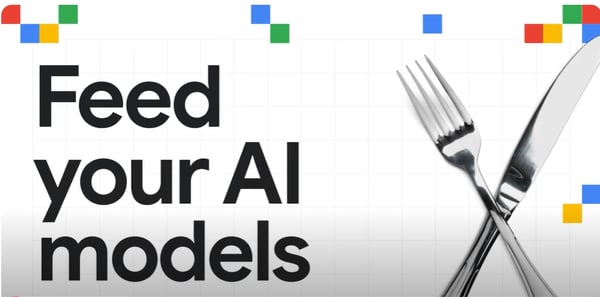Last week MSFT announced it plans to invest $5B in IoT over the next four years. As the creators of CrateDB, a "things data" database, we've been working with IoT developers for several years now, and also with Microsoft as a recent graduate of the Microsoft ScaleUp Accelerator.
We're excited about the Microsoft announcement; Azure is a great platform for scaling IoT solutions like CrateDB, and many of the enterprises we work with already use a lot of Microsoft technology and find it natural to move to the Azure cloud.
$5 billion is a significant investment and could be used to develop many different areas of IoT. Based on our customer experience, and from a data management perspective, here's where we see the greatest upside and need in large-scale IoT systems development:
- Security - This is probably the biggest concern we hear expressed by users. Security is essential inside the device (software & firmware), in the cloud, and in the network in between. More devices means more entry points for hackers and more potential vulnerabilities. We will need new strategies to harden IoT systems from edge to cloud.
- Machine Learning & AI for SQL - Leveraging artificial intelligence algorithms for IoT is a no-brainer (excuse the pun). Distributed database architectures bring more compute power to databases. That power can be used to execute more complex in-database AI algorithms, making it easier to implement IoT systems that monitor for trends and anomalies or that predict and control connected “things.” Microsoft has made early progress here, with Machine Learning Services for SQL Server. Continued in-database AI R&D is needed, and possibly standardization (SQL-2020 anyone?) to accelerate the development of data and AI-driven smart systems.
- Augmented VR - One of the coolest things we've seen our customers do is use Microsoft HoloLens to connect experts monitoring Industrial IoT data in centralized "mission control" rooms with workers at the edge, on the factory floor. This Korn-Ferry report explains how this technology is transforming the workforce at ALPLA in an industrial IoT setting. We’re really excited about Microsoft’s innovation in VR and alternative interfaces and the new ways it allows users to act on IoT data.
- Physical Infrastructure - As the IoT industry grows, so will the need for cloud and connectivity. As of today, Microsoft Azure is available in 50 regions, and 140 countries worldwide. Their investment in this footprint will continue to grow in the next four years. Advances that increase performance and lower costs of device connectivity with the cloud and data storage will make it economically feasible to collect and analyze larger volumes of incoming and historic IoT data.
- IoT Startups - Startups often bring new ideas and innovations to the market, so it makes sense that Microsoft already has a Startup Accelerator in place to encourage these companies to grow. Our recent experience working with Microsoft has helped accelerate our new machine data cloud offerings on Azure, and get several multi-billion dollar enterprises deploying Industrial IoT systems on CrateDB on Azure. We look forward to seeing Microsoft continue to build ties with IoT-related startups to help accelerate innovation in this space for their customers.
It's still early days in IoT, but the industry is growing fast. Microsoft’s continued partnership with startups like us, and their new investment in a space we’re so passionate about, will play an important role in bringing this vision to life.


